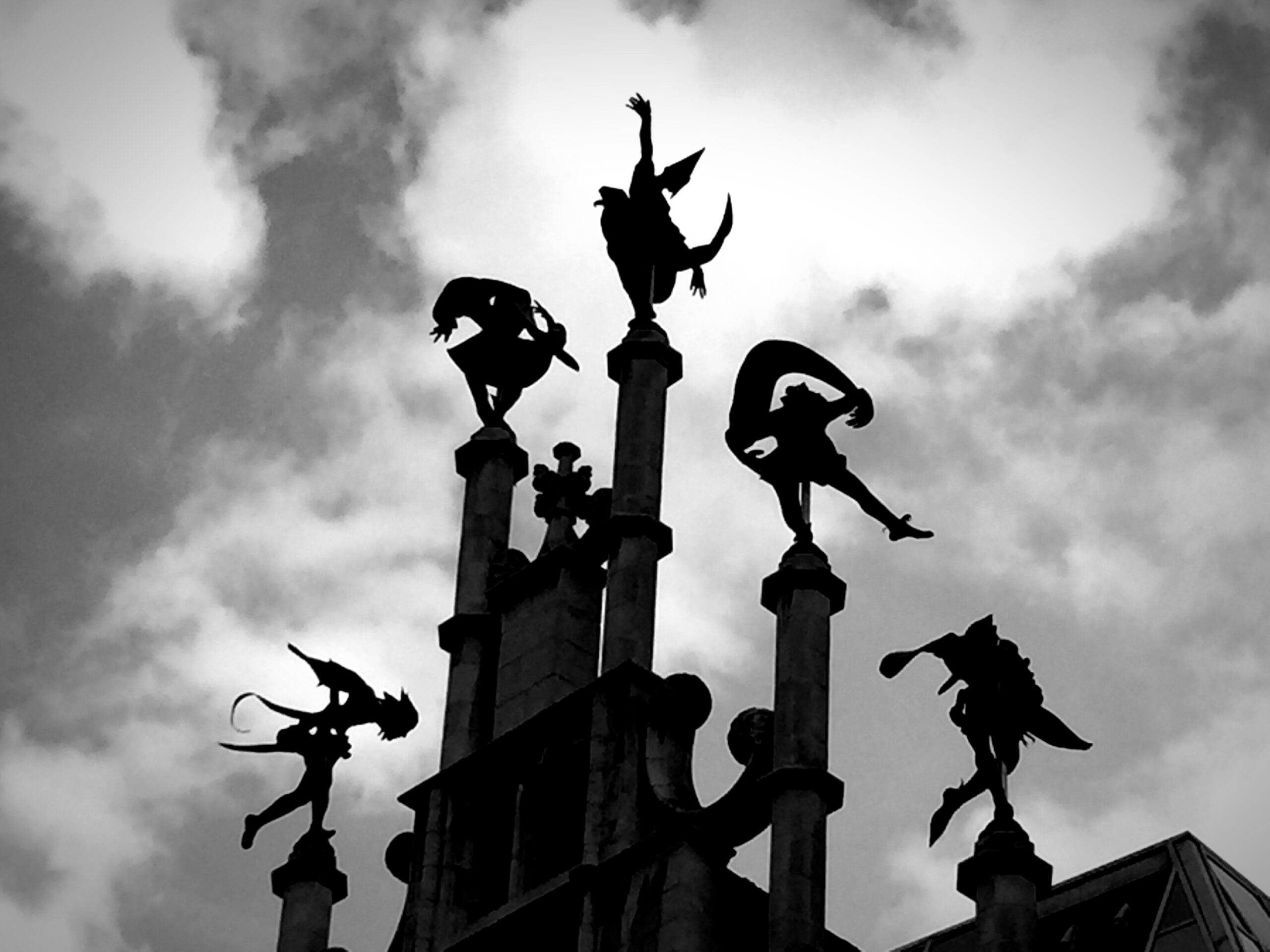
I suggest that this pull between two opposing actions is found abundantly in our life. We are frequently running away from a region that is filled with disturbing thoughts, emotions and contemplated actions. We are then drawn back to this region–much as we are drawn to a car crash on the Interstate or a brawl between two men at the fish market. Our Id is fully in operation both in the act of running away and running back to the scene of damage or violence. We might even be drawn back by our Ego to the region of Cathexis so that we can engage, like French and Fromm’ patient, in “the conscious purpose” to work on our focal conflict. We realize at some level that we do have to address the focal conflict along with all of the emotions and primitive thoughts that are associated with and are cathected on behalf of this conflict.
This region of tension and diametric pull is not easy to navigate. We find that we are swinging back and forth before avoidance and approach. Barry Johnson (1996) has identified this emotionally laden region as Polarity. Elsewhere, my colleague Jeremy Fish and I have noted that Johnson’s polarity is a specific kind of dilemma. It is usually two-sided and very difficult to resolve (Fish and Bergquist, 2022). Both sides of the Polarity are with merit and neither side can be abandoned without great cost. While Johnson is primarily focusing on how polarities operate during our waking life, we can find his description of polarity to be equally applicable when examining the dynamics operating in a dream when the dreamer is approaching their focal conflict.
I will offer a dynamic rendering of how polarity would operate in a dream. First, the dreamer would confront some person or event in the dream that arouses profound emotions (cathexis). The dreamer immediately turns away from this person or event—perhaps actually running away in the dream. Soon the dreamer “stops in their tracks.” They realize that they are also enthralled with (or at least curious about) the fearful person or event. They turn back toward and either race back (or creep back) to the “monstrous” person or event. And then they are once again frightened and run away. This time, the cathexis might be even greater (with other people or events being drawn in to form an even more frightening “cohort of evil.”)
Yet, as the dreamer races away, they become even more enthralled with the frightening person or event—especially now that it is a cohort of evil. We love the assembly of an army in the movies we watch and some of us are even more enthralled with the assembly of costumed villains to be found in the Marvel Comic movies. We might instead act a bit “grown up” in the dream (ego function) and decide that we must face this evil force. The third of Freud’s triumvirate (the super ego) might even enter the dream at this point. The Super-Ego induces shame in us: “what a coward we are to run away from this evil cohort. Be brave and return to the battle.” This super-ego function might be served by a wise old man or woman who is quite judgmental about our behavior. Perhaps, instead, there is a child who asks why we are running away. More metaphorically, there might be a wind (or tornado) that blows us back toward the evil cohort
Most importantly, we are likely to find that this swinging back and forth occurs very quickly. In our waking life, we might take a considerable amount of time in deliberating about and turning away from each of the two polarity opposites (especially if this polarity is being debated in a public forum). Time is often collapsed in our dreams—and this is particularly the case with polarities. I had the opportunity to attend a session many years ago with Karl Pribram, a noted (and controversial) neuroscientist from Stanford University. Pribram suggested that every profound change (at least at the level of neuro-firings) is preceded by a “dithering” action where there is a rapid swinging back and forth. The dither is followed by the change. This might be what happens when the dreamer confronts the focal conflict (or at least a cathexis associated with focal conflict). A Dither takes place, after which the dreamer either begins to substitute and delay or begin to address the focal conflict—usually by trying out several alternative ways to manage or even resolve the conflict.





